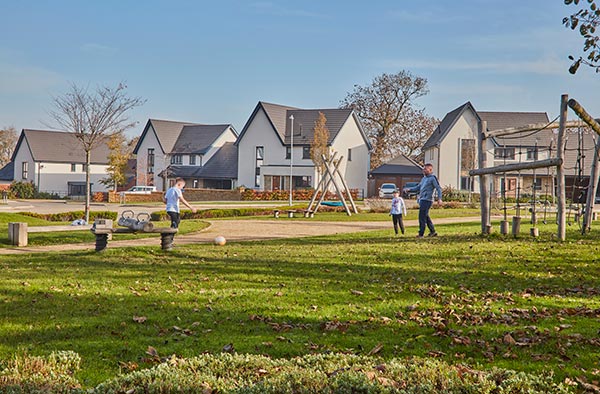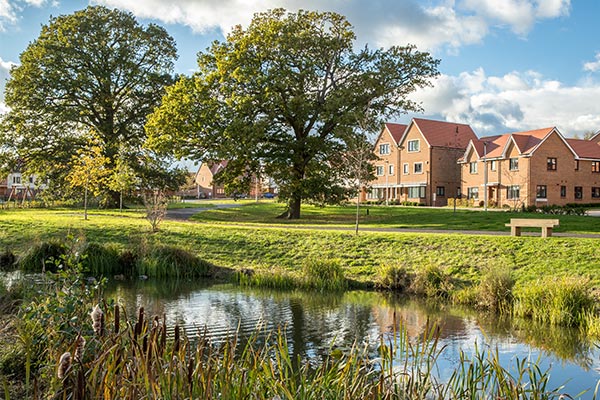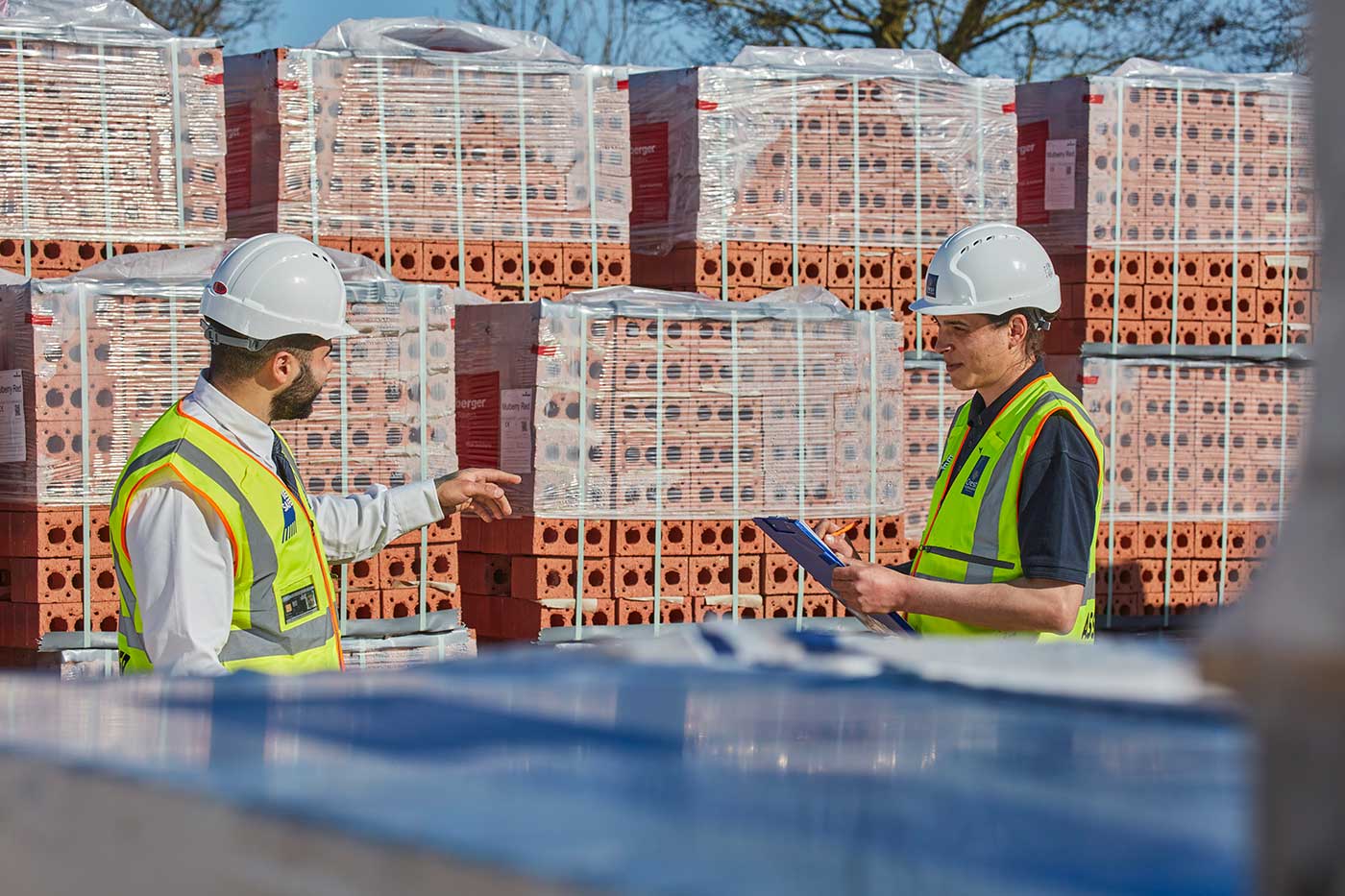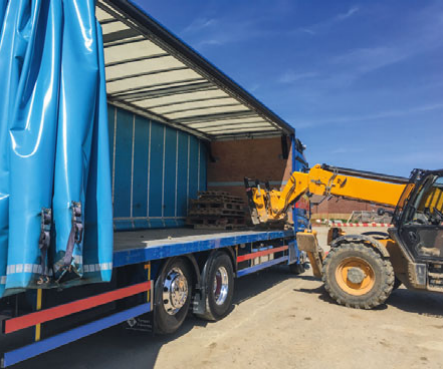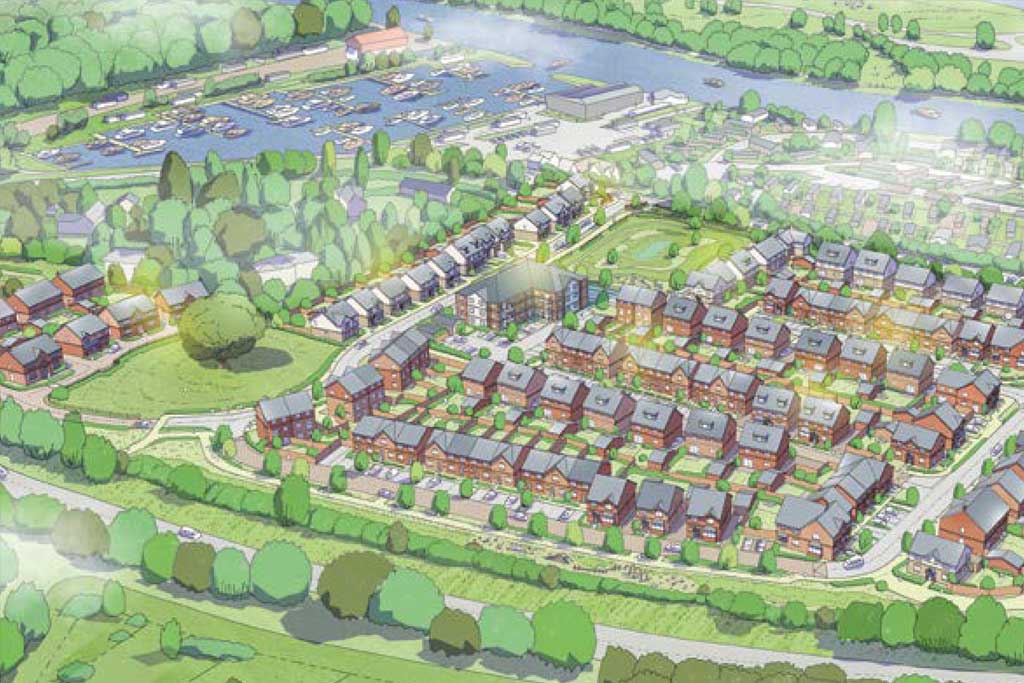1. Supply chain (upstream emissions)
GHG emissions associated with the materials and services used to build our homes and developments account for around 36% of our total emissions. As emissions associated with the use of our homes decrease, upstream supply chain emissions will become the largest source of our carbon footprint. This is why collaboration with our supply chain is critical in our transition to net-zero.
In FY23 we conducted a whole life carbon analysis on key Legacy Collection house types of varying sizes. This analysis enables us to identify emission reduction opportunities and prioritise communication with suppliers. A current area of focus is engaging with the supply chain to improve emissions data availability to support these choices.
2. Our homes
The use of our homes accounts for approximately 62% of our GHG emissions. In FY23 we implemented the interim update to Part L of the Building Regulations, which requires a 31% reduction in carbon emissions compared to the 2013 regulations. Looking ahead, the impending Future Homes Standard set to be enforced from 2025, presents a substantial challenge, mandating a minimum 75% reduction in carbon emissions compared to the 2013 Building Regulations.
The infographic details some of the fabric and technology specifications incorporated within our homes both now and beyond 2025.

For further detail on our performance against targets and other key metrics, please see our Annual Report and financial statements and our Environmental, Social and Governance (ESG) data handbook.




